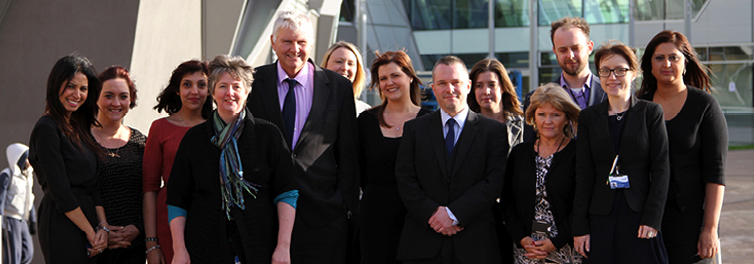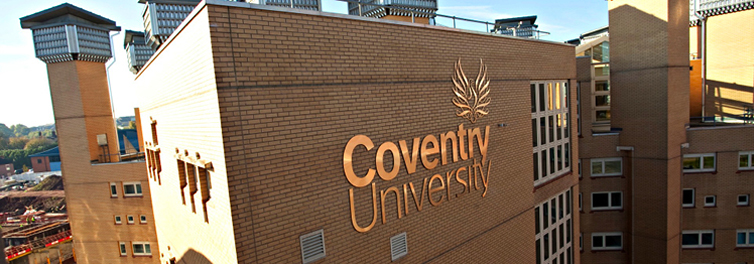Search
Iconic building supports new ways of learning
Thursday 20 September 2012
Press contact
Coventry University’s Faculty of Engineering and Computing is moving into its iconic new £55m home this week in time for the students’ arrival at the end of September.
The visually stunning building is at the heart of the University’s commitment to using new and dynamic ways of educating students, which includes its pioneering ‘Activity-Led Learning’ initiative.
The building’s environmental credentials are also set to impress – it is highly sustainable, using a range of technologies including rainwater harvesting, solar thermal energy and biomass boilers.
Inside, it will be equally forward-looking, with a completely fresh approach to organising spaces so that they best support the new ways of learning. The building aims to create a ‘community of learners’ of staff and students who inspire and encourage each other, as well as engaging with industry.
Key features include:
- collaborative classrooms for some 4,000 students, bookable learning booths and IT workspaces;
- dynamic lecture theatres with the ability to film and play back lectures, and a 250-seat ‘theatre in the round’ space sponsored by the Wolfson Foundation;
- a high-precision wind tunnel designed and built by the Mercedes AMG Petronas F1 team;
- easy access to the latest industry standard software for students;
- integrated academic accommodation driving new research and teaching;
- a £2.6m ERDF-sponsored centre to support SMEs around the UK with the development of sustainable construction technologies;
- a 2,000 square metre, £3m high-performance engineering centre home to a Harrier Jump Jet aircraft, three flight simulators, the UK’s largest magnet, engine test cells for petrol and electric power trains, and a leading precision measurement facility.
The building is central to promoting and utilising Activity-Led Learning, a teaching initiative which the University sees as the way forward for 21st century graduates.
This new method of educating students is designed to give them problem-solving challenges against real deadlines, motivating their learning through activities and equipping them with the skills and experience employers are looking for.
Paul Ivey, dean of the Faculty of Engineering and Computing, said:
I am delighted to have this new home for the Faculty. Our students can look forward to advanced, innovative education, informed by the latest research and driven by the need of employers. Once again Coventry leads and inspires, and the future looks great.
The state-of-the art building, designed by Arup Associates and built by Vinci Construction, is part of the University’s overall £160m redevelopment plan for the city centre campus.
Rachel Atthis, Associate Director, Arup Associates, said:
The success of this building is a tribute to the vision of Coventry University and the collaborative relationship we have enjoyed with them throughout the project.
Together with sound environmental principles, the building concept is an illustration of the balance of science and nature, utilising technology to reduce the impact on the natural world. The Faculty’s progressive learning approach is directly reflected in the design of the building, creating a living tool for teaching students.






